CD Studio: JavaScript (PSAM3210)

What is JavaScript, anyways?
Before we can get into this, let’s understand the shape of the web and how we got to where we are today.
Let’s start with the internet
The internet was invented in 1969.

Before this time, the term computer usually referred to a person, not a machine—someone who would compute (solve) math problems.
It is worth noting these were often women, and they were underpaid compared to men in their field—and many would go on to operate the early mechanical/electronic computers. We’re going to have to talk about a lot of men, here—but know that women have been present from the start.
The first computers
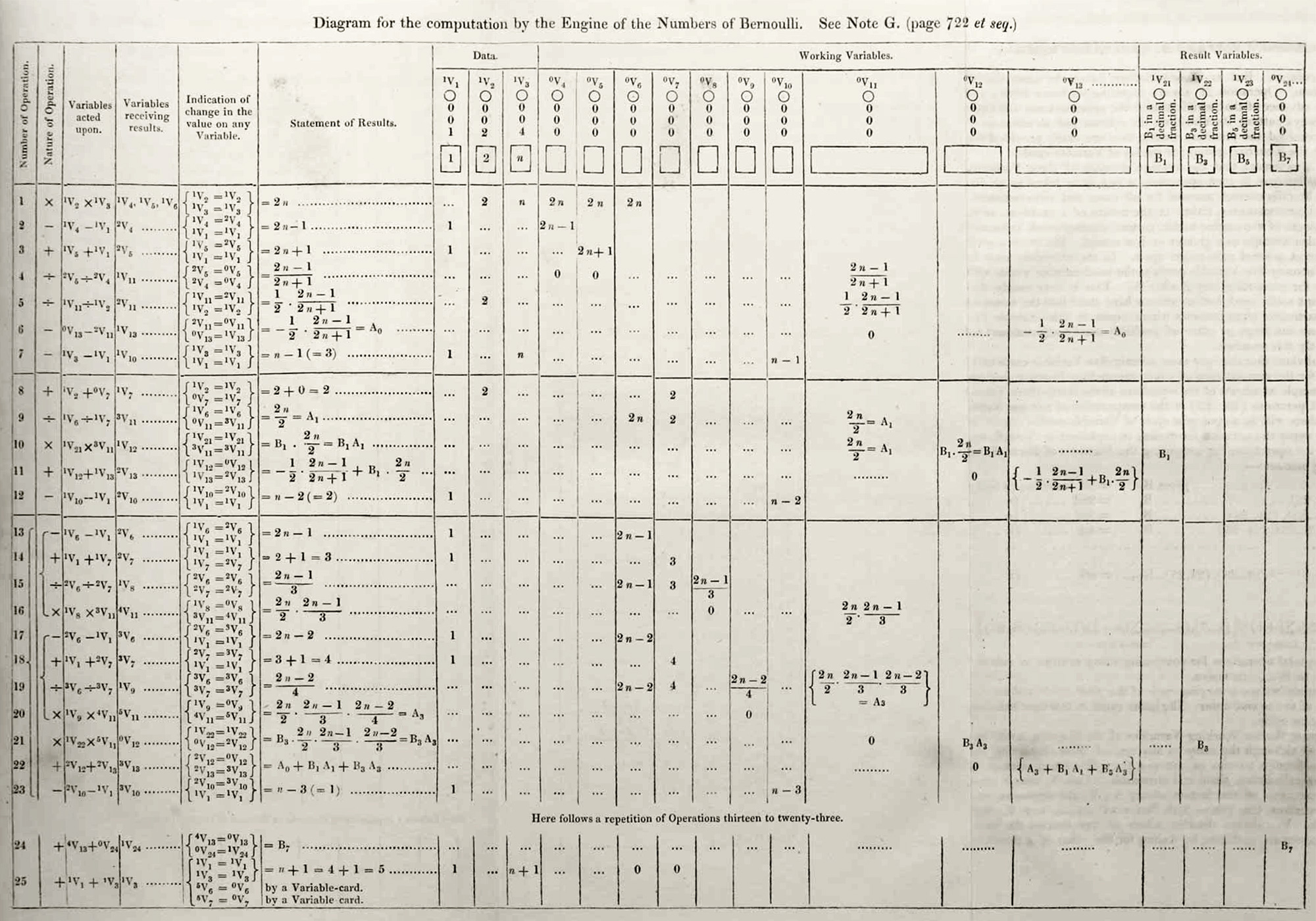
Before the 1900s and the rise of the internet as we know it, Charles Babbage invented the first mechanical computer, called the Difference Engine, in the 1820s. It’s purpose was to tabulate polynomial functions. While it was never completed, we often consider this to be the first example of a computer. Within this story, we also meet the first computer programmer, Ada Lovelace.
Ada Lovelace wrote a piece of software, or heuristic, for Babbage’s Difference Engine which calculated Bernoulli Numbers. Because it was the first published algorithm tailored specifically for a computer, Lovelace is often cited as a seminal figure in computer science history.
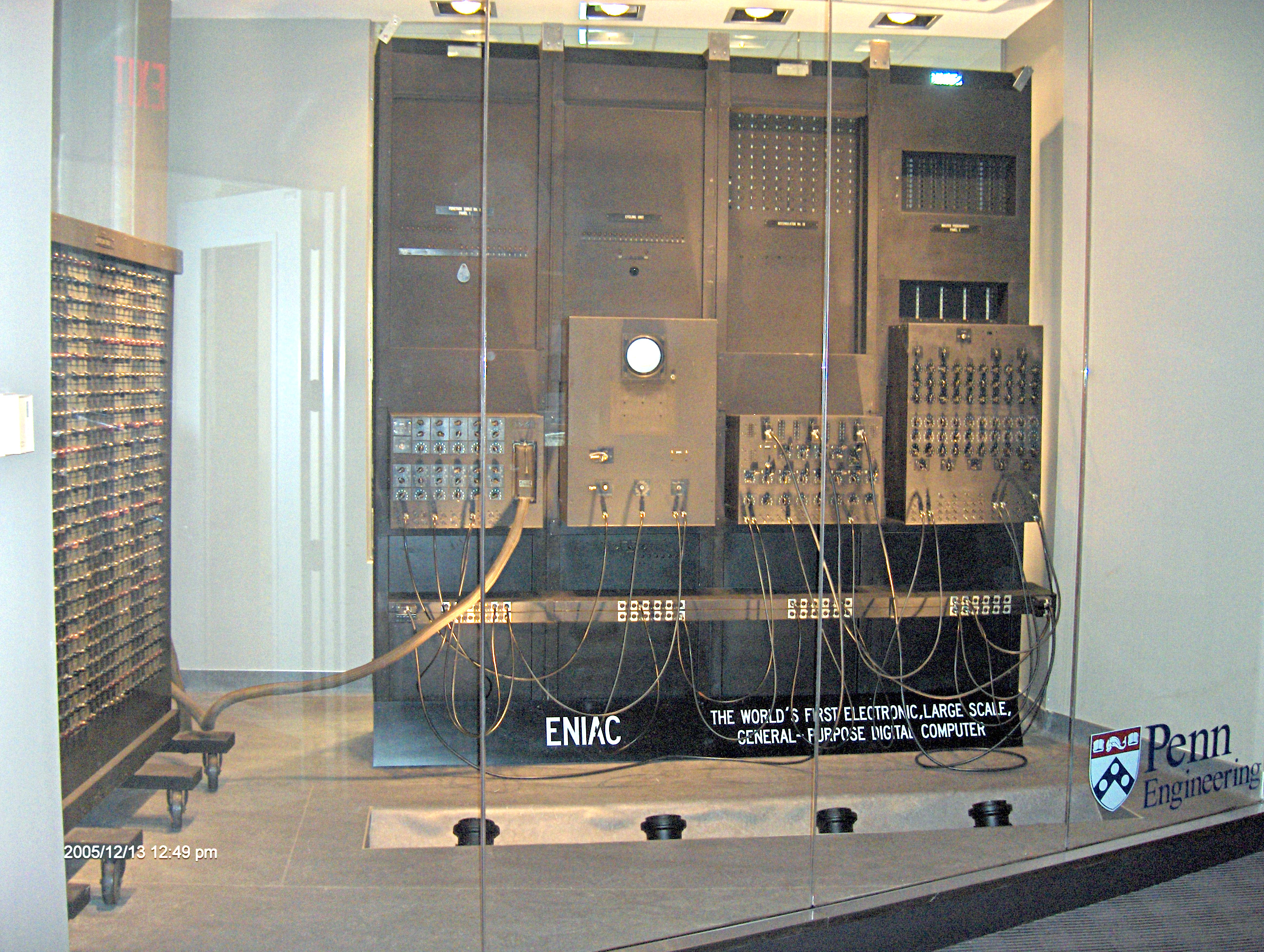
By the 1960s, computers were room-sized, institutional electronic machines—used by governments (the military), businesses, and universities. They were used to solve complex math problems and sort data, but were still very slow and didn’t communicate with one another.

Back to the internet…
A catalyst in the formation of the internet was the Cold War. The threat of nuclear conflict spurred the US Defense Department to consider decentralized and distributed
It was necessary to have a strategic system that could withstand a first attack and then be able to return the favor in kind. The problem was that we didn’t have a survivable communications system, and so Soviet missiles aimed at US missiles would take out the entire telephone-communication system […] that was highly centralized. Well, then, let’s not make it centralized. Let’s spread it out so that we can have other paths to get around the damage.
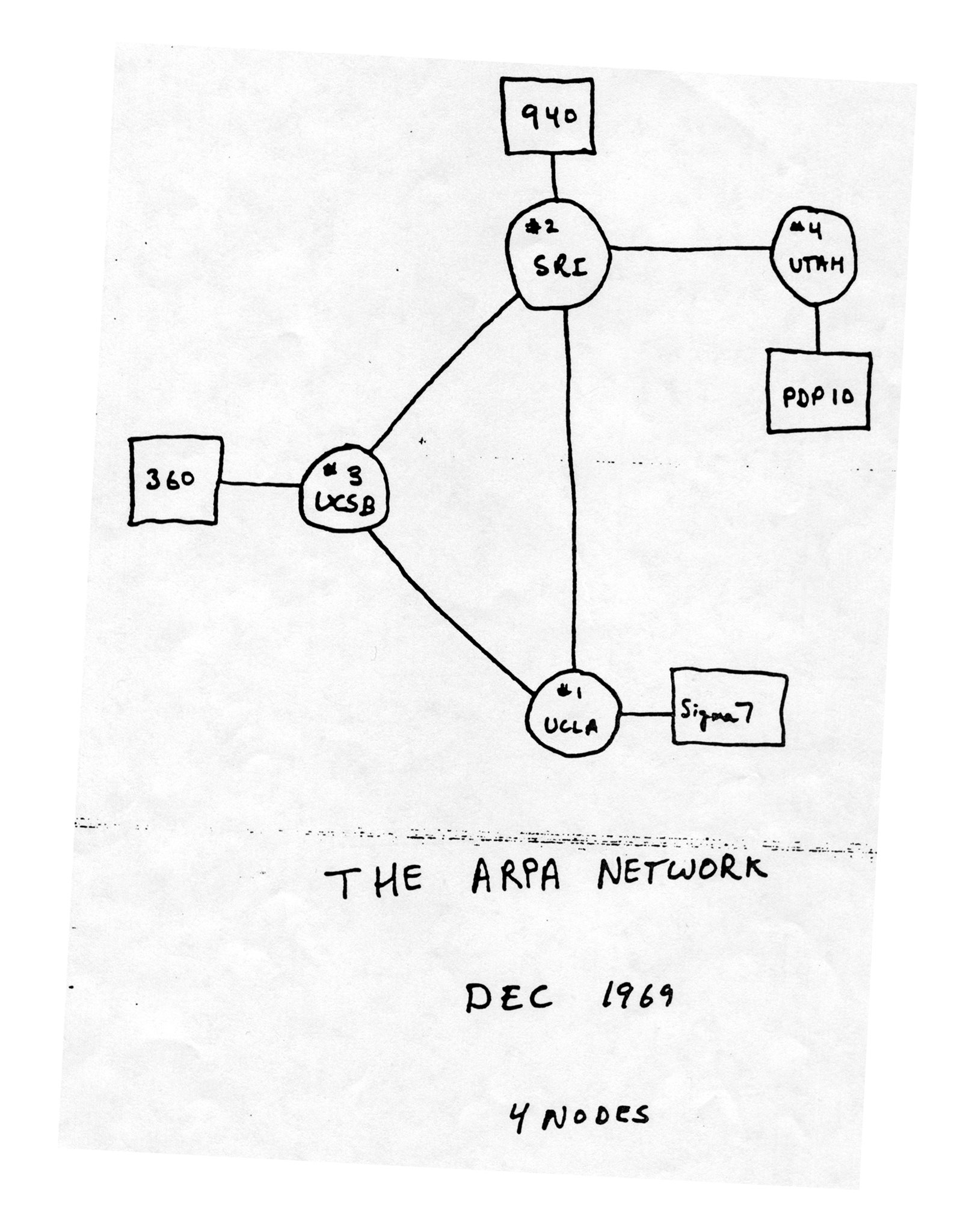
By 1969, computer nodes connected the Stanford Research Institute, UCLA, UCSB and the University of Utah—developed by the Defense Department’s Advanced Research Project Agency (ARPA).
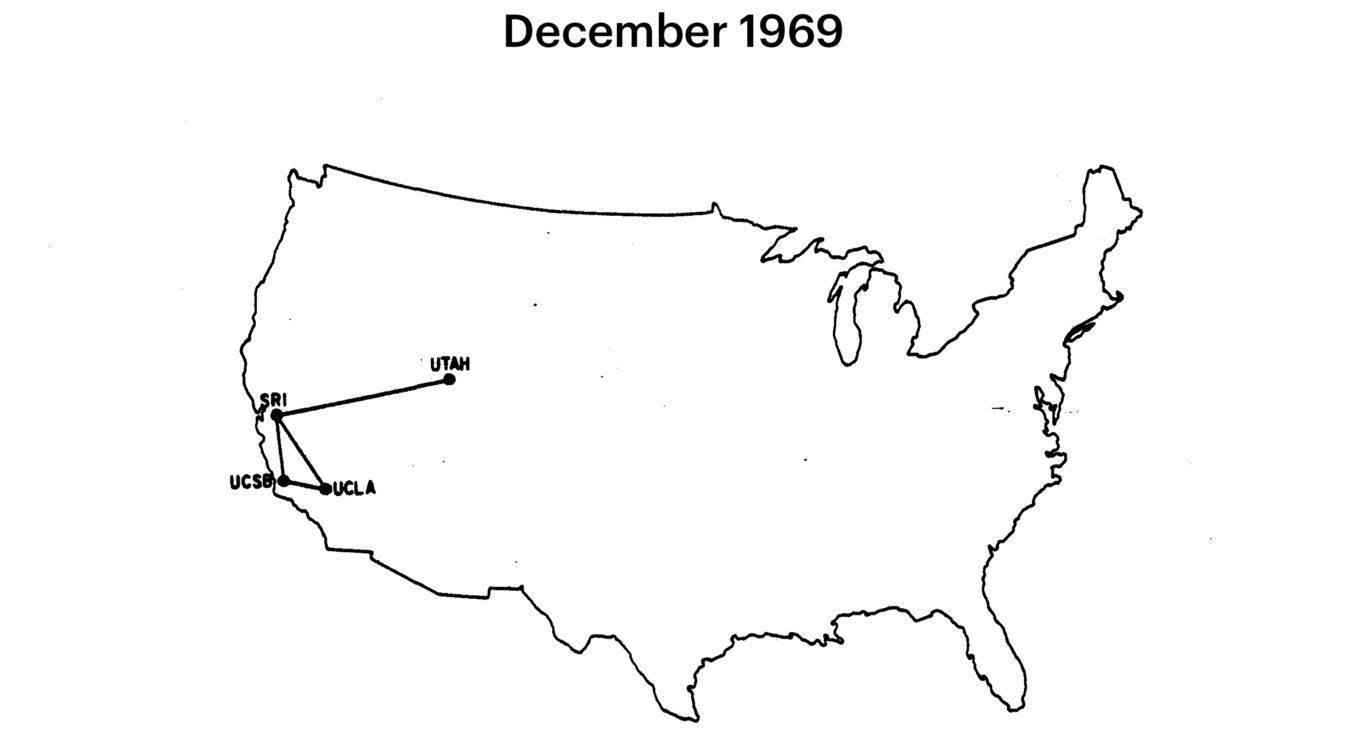
Over the following decade, ARPANET would grow to include other cities in the US. It had its first expansion outside the States in 1973, with connections to the UK and Norway. Slowly, similar commercial and academic networks were developing alongside, each with their own communication protocols.
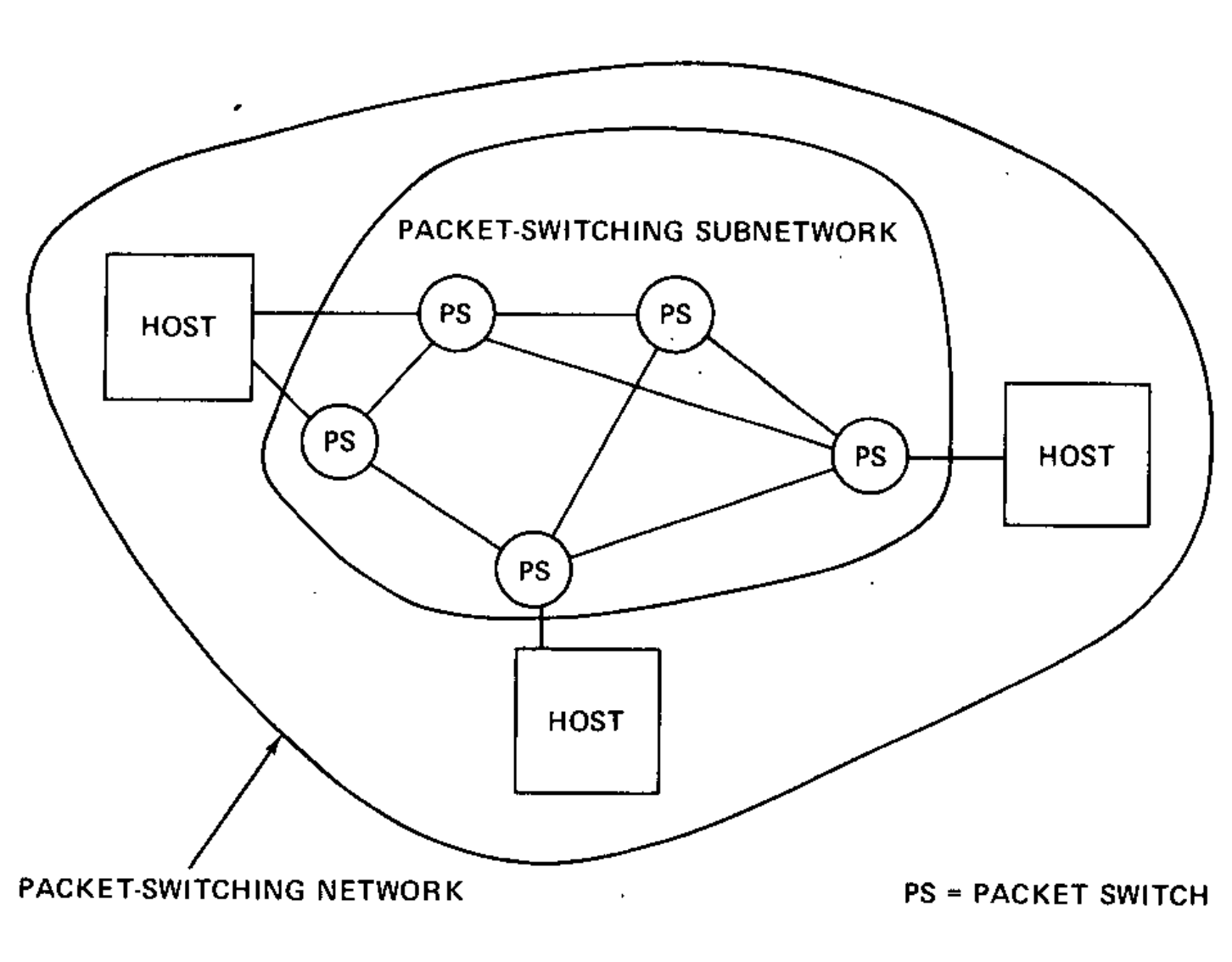
In 1974, Robert Kahn and Vinton Cerf (two ARPA scientists) developed the Transmission Control Protocol and the Internet Protocol (TCP/IP). By the 80s, it became the standard network communication format—and still underpins the internet we all use today.
Standards
Standards will come up time and again throughout this class. They are what allow for the internet, and the web to exist. TCP/IP was a standard, which different manufacturers came together to implement so that computers could communicate with each other. Much of the internet and web is also built on standards, some of which you may know, such as HTML, CSS, and JavaScript…
What about the web?
The web as we know it came 20 years later in 1989.

Tim Berners-Lee, a British academic and scientist, invented the World Wide Web (WWW) with his team while working at CERN in 1989. It was developed on top of TCP/IP as a standard way to connect documents, living on different computers in different places, via hypertext links.

Their proposal had four components:
- A text file format to represent the documents: the HyperText Markup Language (HTML)
- The rules for exchanging these documents: the HyperText Transfer Protocol (HTTP)
- A program to display (and edit) these documents: the first web browser (called WorldWideWeb)
- Software that gives access to the documents: the server (an early version of Apache/httpd)

By 1991, the first web page was up and running and began to take off.
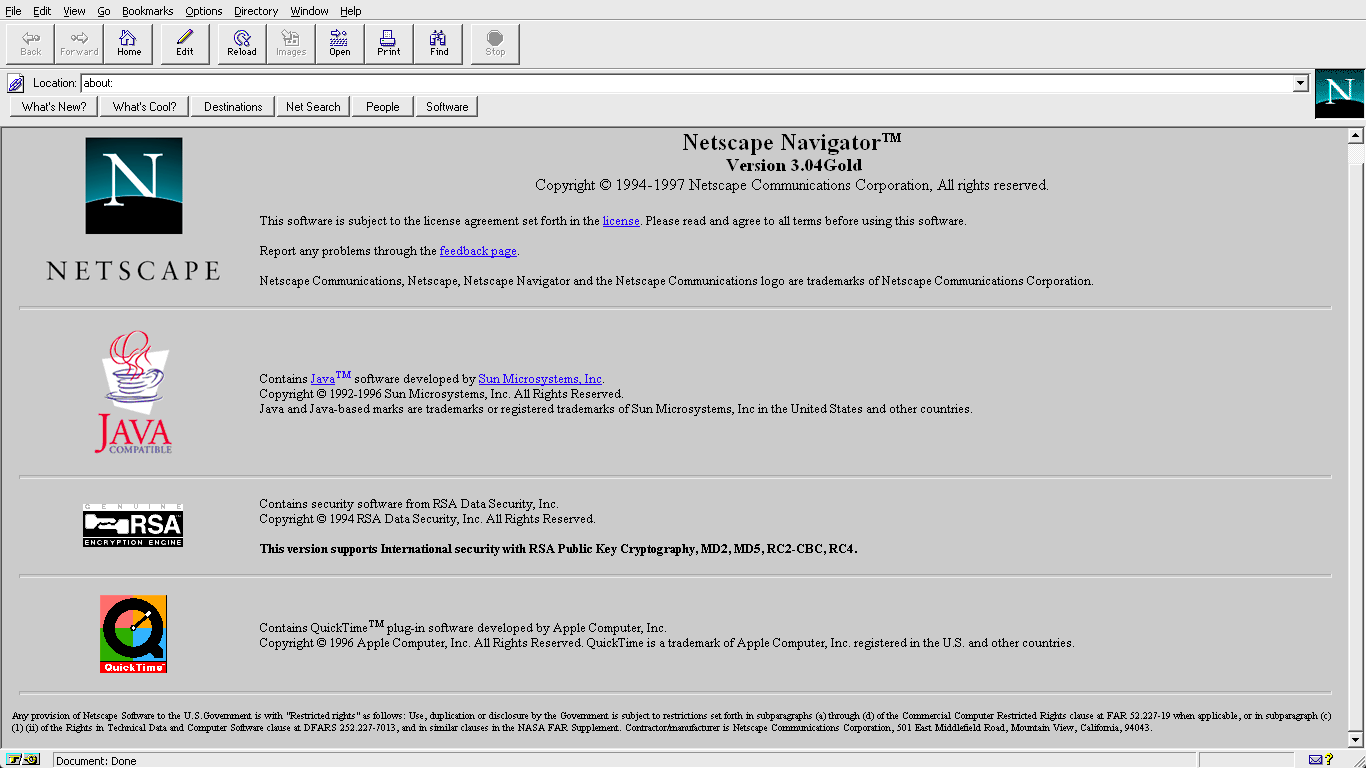
The 1990s then saw more-affordable home computers bring internet access to many more people—escaping the government (military), business, and university settings it had been siloed in before. Early web browsers like Mosaic and Netscape (1993) helped evolve what was possible online—adding color, images, and interactivity.
And the web exploded from there.
The dream behind the Web is of a common information space in which we communicate by sharing information. Its universality is essential: the fact that a hypertext link can point to anything, be it personal, local or global, be it draft or highly polished.
So what are web pages?
Glad you asked.
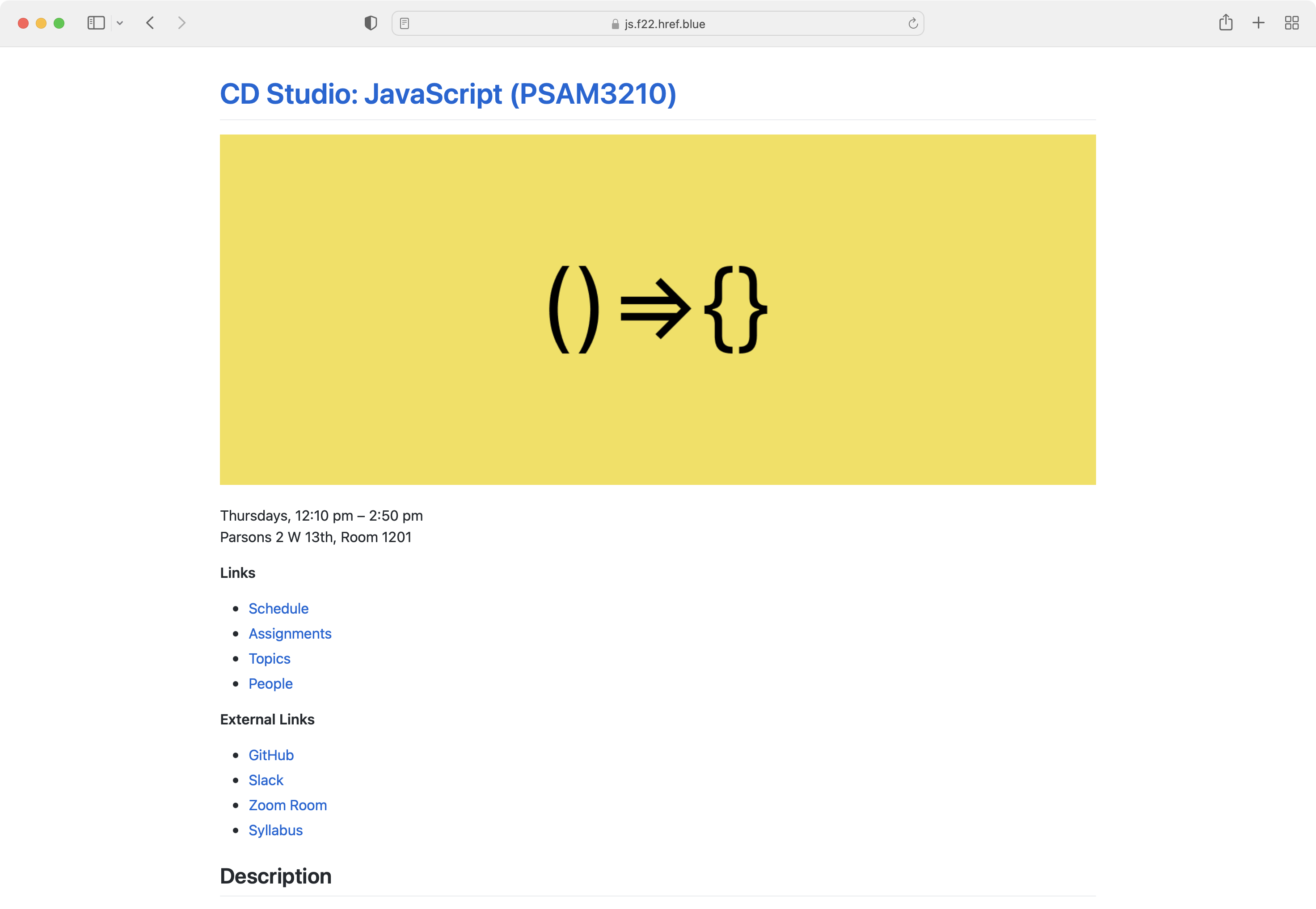
Obviously, this is a web page. Think about how many other web pages you have visited in the past day. Dozens, even hundreds?

Ultimately, a web page is a just text file on a computer. It is written in a special format, the aforementioned HTML, which structures the content of the document and also links it to other resources—other web pages, images, computers, really almost anything. Think of the web as type with instructions.
These all started as simple, hand-typed documents. Then as the power of computers grew, and the languages of the web evolved alongside—web pages expanded almost inconceivably in complexity and capabilities. Cascading Style Sheets (CSS) gave them marvelous abilities to be customized and designed. JavaScript (JS) gave them remarkable, newfound interactivity and function. Websites (collections of web pages) today are built on top of an incredible stack of technology—networks, servers, databases, libraries, browsers, devices.
An ever-present visual medium
If you’re looking at a glowing, 16:9 rectangle somewhere (and it isn’t just playing video), nowadays it is very likely a web page—built with the exact same HTML, CSS, and JS—web technologies—that are behind this page, and every other.
In its openness, connectedness, and ubiquity, the web has come to dominate over other forms of technology. Its advantages in compatibility, cost, scale, and inertia are continuing to snowball, and the advance of these web technologies shows no sign of slowing down. It is the water that we are swimming in, both as humans and as designers.
And in that latter role, we’ll need to learn how to swim. Our path into design then is to understand how these things are made and how they function. Their technological construction both empowers and constrains our work. You can’t separate the design from this foundation; the medium is inextricable from the end product.
Most people make the mistake of thinking design is what it looks like. People think it’s this veneer—that the designers are handed this box and told, “Make it look good!” That’s not what we think design is. It’s not just what it looks like and feels like. Design is how it works.
These days, apps are often web pages too

All these desktop “apps” are built in Electron—and so are really just web pages inside a slim, platform-native wrapper. (Essentially, a single-website browser.)
The core application only has to be written once, instead of rewritten for each platform. And why design it all again? (Designers are expensive!) Why hire Windows and Mac devs when you can just hire web devs? …then why hire iOS or Android devs, either? (Developers are even more expensive!) So many companies take approach, for cross-platform development.
Many mobile “apps” are all built with React Native, following a similar paradigm. The app is really just a web view, and every screen within is a web page.
It’s increasingly just JS, behind the scenes

JavaScript began as a client-side (on your computer), front-end language running in the browser. But now with engines like V8 and environments like Node, JS has moved to server-side (on the remote computer) functionality previously dominated by scripting languages like ASP, Perl, PHP, Ruby.
This means that JavaScript doesn’t just run in a webpage you’re looking at—it often now actually builds the page itself. It might even send you the packets. More and more, JS isn’t a part of the stack so much as it really is the stack.
This “javascript everywhere” movement means that the tendrils of the web can encompass many non-web-page uses. Maybe it is in an app, maybe a headless data API, maybe a hardware integration, maybe it is even something entirely offline—but it is still web technologies, most of the way down.
So what is JavaScript?
At the end of the day, JavaScript is a programming language for the web. It provides the tools necessary to make a website interactive. Much like HTML and CSS do their share to make a site understandable and look good, JS helps it respond to your input. But the thing about the web is that it is constantly changing.
Therefore, while you will be learning JavaScript throughout this course, we will take a Computer Science first approach. What does this mean? It means that as the shape of the web changes, evolves, and grows, and perhaps someday when we have all moved beyond JavaScript, you will still have the tools necessary to program and build interactive software. In your careers, the software, languages, and platforms might be different, and to some extent, are ever-changing—but the design/technological ideas and considerations are analogous and universal.
A hat-tip to Tuan Pham and Michael Fehrenbach for source material for this lecture.